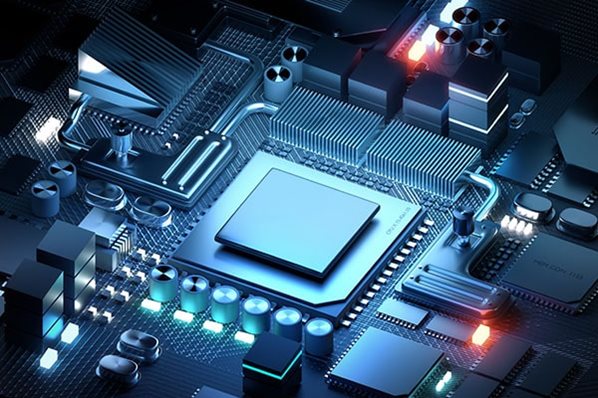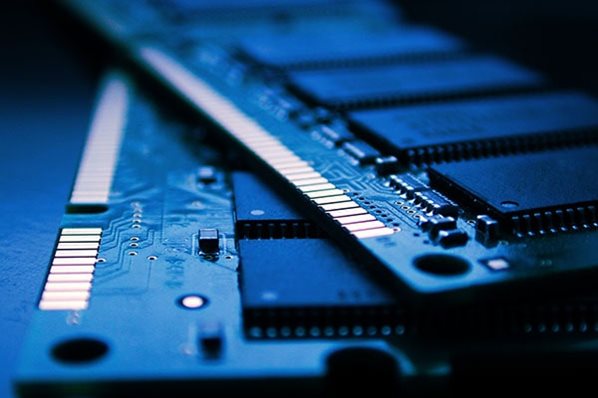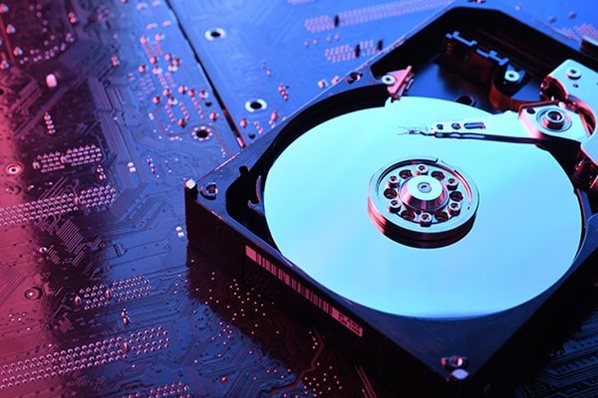As a managed IT services provider, my typical day-to-day usually involves helping clients resolve various issues on their PCs. Sometimes it’s just a weird networking issue, a printer that’s stopped communicating with the computer (“What do you mean ‘Cannot locate printer’?!? IT’S RIGHT THERE!!!”) or troubleshooting email woes and resetting passwords.
But eventually every computer just gets too old to keep up with current software and needs to be replaced with a newer model designed for today’s requirements. I’m often asked for recommendations on which model a client should consider. Unfortunately, there are so many computer manufacturers and models out there; there’s no single, straightforward answer.
In the past, a general rule of thumb was “you get what you pay for”, meaning the more you spend on a new computer, the more powerful the hardware will be, and consequently, it will last you longer. In recent computer iterations, however, this rule doesn’t always hold true, because in the world of portable devices (laptops, tablets, etc.) you’re often paying more for a lower powered computer, but it has longer battery life or weighs less. With that established, let’s look at the performance aspects of PCs and lay out what the various components do, so you can make an informed decision on what you need.
1. CPU
The CPU is the Central Processing Unit. It’s the brains of the operation and does all the hard work. The CPU is also the part that uses the most battery and generates the most heat. Small, portable devices (iOS and Android phones and tablets) use an ARM CPU, but desktop and laptop PCs use Intel’s CPU architecture. These processors get faster and faster every year, so it can be confusing to keep track of all the iterations and differences.
The decision you make about the CPU affects the speed at which your computer can handle complex operations. So, what does this mean for the average user? If you mostly use Excel, email, QuickBooks, and web apps, I doubt you would even notice the difference between a third-generation and sixth-generation Core i7 CPU. If, however, you do a lot of video editing, photo processing, 3D rendering, or code compiling, having the higher end CPU will make all the difference in the world. This is where you can save money on your business computer by only buying what you will really use.

2. RAM
The next component we should look at is the RAM, otherwise known as the memory. The RAM greatly affects the overall speed of your computer up to a certain point. The memory is where the computer stores all the information and applications that are currently running on your computer. When the computer runs out of memory, it very cleverly takes large portions of memory that haven’t been accessed in a while and moves them to the (infinitely slower) hard drive. If your app calls for something that it expects to be in memory, the operating system retrieves the data from the hard drive and puts it right back in memory. This is a simplification of the paging process, but for all intents and purposes, this is what’s happening.
So, having more memory means less paging, which means a faster PC. Every app you keep open, and every tab you leave open in your browser is consuming a portion of that memory. Incidentally, this is why your computer feels so much faster after a reboot… the memory is starting fresh! It’s important to think about how your computer will be functioning on a daily basis when deciding how many GB of RAM your computer needs to have.

3. Hard Drive
The hard drive is where your computer stores all the information you save. This includes all your files, music, photos, and apps. Your next choice when buying a new computer comes down to how much storage you will need. There are two kinds of hard drives, however, and they greatly affect the price of the PC.
The tradition spindle drive has spinning platters inside and can store vast amounts of data, but it’s also slow to read and write. By contrast, SSDs are up to 40 times faster at reading and writing data because they have no moving parts, but they do cost a lot more per gigabyte. My recommendation is to decide how much storage you need, and plan accordingly. If you only have a few hundred gigabytes of data, get a computer with a 512 GB SSD. If you have more than a terabyte of data, you may need to get the slower (and cheaper) spindle style hard drive.
It’s also possible to get the best of both worlds by having both in your PC. A word of warning, though: SSDs are so much faster than HDDs, once you go SSD, you can never go back. Upgrading a computer from an HDD to an SSD is probably the biggest performance boost you can get, because the PC is constantly reading and writing to the storage device.

4. Display
Choosing a display is more important on a laptop than on a desktop because you’re stuck with what you get. On a desktop, you can just buy a larger or better monitor later down the road. There are three variables to look at when choosing the display type for your computer.
The first is the size. Some people really like larger, 15” or even 17” laptop displays, while other prefer the more compact 11” or 13” models. On a desktop, you should buy at least a 23” monitor, because it sits further from your face than a laptop typically does.
The second factor is the resolution, which is how many dots are on the screen. Most displays are 1,920 pixels wide and 1,080 pixels tall—commonly referred to as 1080p. However, many modern computers now have a 4K option, which is essentially four times the number of pixels, weighing in at 3,840 pixels by 2,160 pixels. You can either use those extra pixels to show more content on the screen, or to show the equivalent of a 1080p screen but with much smoother graphics.
The last consideration is whether you should get a touch screen or a non-touch screen. Windows 8 and 10 have been designed for a touch interface. Windows 7, Vista, XP and macOS are not designed for touch. I personally recommend getting a touch screen, because it makes Windows 10 so much nicer, but the touch feature often drives the price up.

5. Other Considerations
If you buy a laptop, look at how many USB ports it has. Some tablets and laptops only have one or two USB ports. If you’re someone who needs more than that, you may have to purchase a USB hub to be able to plug in all your accessories.
If you are buying a PC, I highly recommend buying it from the Microsoft online store for two reasons: Windows Signature PC and Microsoft Complete. Windows Signature PC means there won’t be any bloatware (free trial software) preinstalled on your brand-new PC, slowing it down. There won’t be 90-day virus “protection” to hold you hostage when the trial period runs out either. Just a clean install of Windows.
Hopefully this blog post has given you a better understanding of what the different components of a PC do, and what you will need for the functions of your work. Of course, I’m writing this in November 2016, and all the minimum and optimal specs will be changed just a few years from now! I wanted to write this post as a resource for my fantastic clients under our managed IT services. If your organization is still trying to go it alone with IT, you really should give us a call!